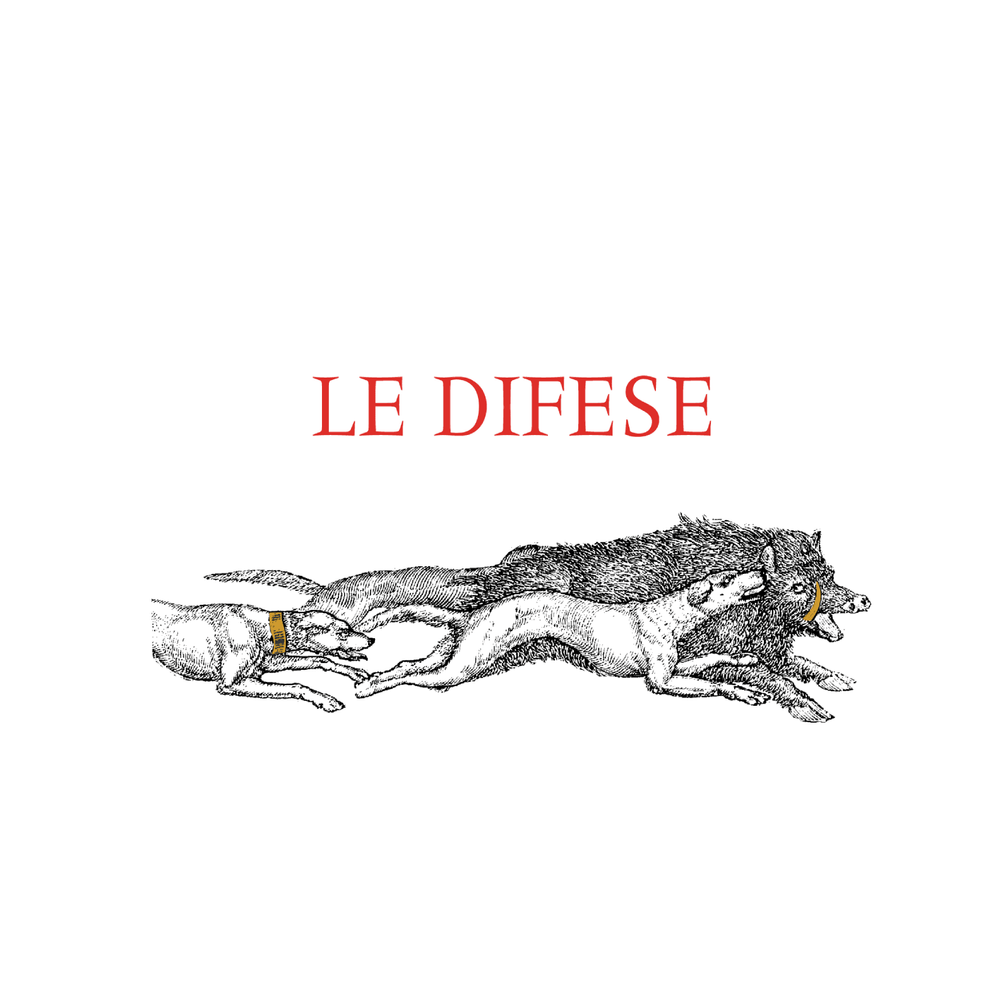Data Sheet
LE DIFESE 2014
CLASSIFICATION
IGT - Toscana
FIRST VINTAGE ON THE MARKET
2002
GRAPES
Cabernet Sauvignon, Sangiovese

Le Difese
SOIL STYLE
The soils on which the vineyards stand has varied and complex terrain features with a strong presence of limestone, feature areas rich in marl and pebbles as well as being partly clayey; they sit at an altitude of between 100 and 300 metres above sea level, with a south/south-west exposure.
WEATHER TRENDS
This was a rather unusual vintage in Bolgheri, as it was in the rest of Italy. Certainly a somewhat hasty misjudgement. There was rain in Bolgheri, but not as much as in other parts of Italy. The Cabernet grapes reached phenolic ripeness never seen in other vintages, with great expression of aromas and perfumes favoured by the slow ripening on the vine. The winter was fairly mild, the spring began late with a rather harsh April compared to the seasonal norm, which contributed to the late start of vegetation. In May, vegetation started thanks to the arrival of warmer temperatures. The summer saw sunny days and average temperatures until the beginning of July. From the first ten days of July, there were a few disturbances that led to rainfall and a drop in temperatures, signalling the end of summer as early as mid-August. The tramontana winds at the beginning of September allowed the grapes to dry out and ripen slowly. The slow ripening and the climatic conditions allowed for harmonious wines, with a lower alcoholic impact but with a distinct elegance in perfect style with the philosophy of Tenuta San Guido.
HARVESTING
Harvesting, strictly by hand, began with the Cabernet Sauvignon grapes at the end of September and was completed in late October. The grapes arrived in the cellar crisp, healthy and with a low sugar content. The Sangiovese grapes were harvested in the second ten days of October.
FERMENTATION
Careful selection and sorting of the bunches by hand. Soft destemming of the grapes.
Primary fermentation took place in stainless steel vats at a controlled temperature (27-28°C). Maceration on the skins for 13-15 days for the Cabernet Sauvignon and for about 14-18 days for the Sangiovese, with successive phases of pumping over and frequent deléstage to stimulate aromatic extraction and soften the tannins. Malolactic fermentation was carried out in steel and concluded towards the end of November.
AGEING
At the end of the malolactic fermentation, the wine remains in steel for about 3-4 months and temperatures are kept around 10 ° C. Periodic decanting is carried out to eliminate the sediments. The wine then undergoes an aging in wood, with French oak barriques previously used for Sassicaia and Guidalberto, for an average period ranging from 6 to 8 months. At the end of the aging period in wood, the wine returns into the steel tanks where the temperature is stabilized for about 20 days at around 4-5 ° C for the necessary tartaric stabilization, before bottling.